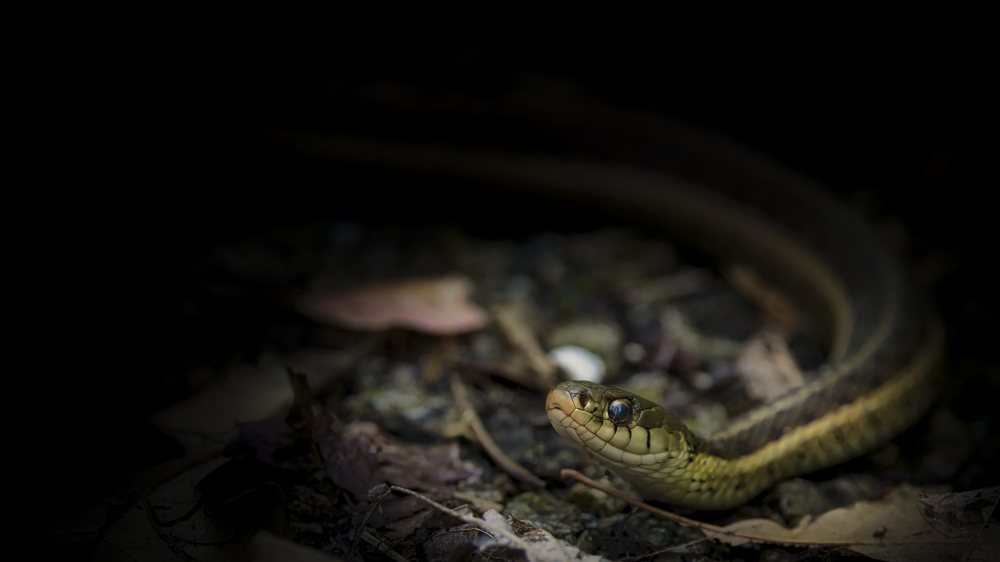
Red-winged Blackbird
(agelaius phoeniceus)
The Red-winged Blackbird, scientifically known as Agelaius phoeniceus, is a striking songbird that belongs to the family Icteridae. It is a common and widely recognized bird species in North America, known for its distinctive appearance, captivating songs, and vibrant displays. Here's some information about the Red-winged Blackbird:
Appearance:
Male Red-winged Blackbirds are visually striking birds. They have all-black plumage with a bright red shoulder patch, or epaulet, on each wing. The red patch is bordered by a yellow or orange bar, which varies among individuals. The males also have a conical bill and a pointed tail. Females, on the other hand, have a streaked brown plumage with a paler throat and breast. They lack the prominent red shoulder patch.
Distribution and Habitat:
Red-winged Blackbirds are native to North America and can be found across much of the continent. They have a wide distribution, spanning from southern Canada to Central America. These birds are migratory, with populations in northern regions migrating south during the winter and returning to breed during the spring and summer.
Red-winged Blackbirds inhabit a variety of wetland and marshy habitats, such as marshes, swamps, meadows, and lakeshores. They prefer areas with dense vegetation, cattails, and reeds, as these provide suitable nesting sites and food sources.
Behavior and Vocalizations:
Red-winged Blackbirds are known for their distinctive vocalizations. The male's song is a series of rich, scratchy "conk-a-ree" notes, often sung from prominent perches to establish territory and attract mates. They also produce a variety of other vocalizations, including rattles, chatters, and calls.
During the breeding season, males engage in territorial displays to defend their nesting territories. They perch on tall vegetation, puff out their chest, and spread their wings, exposing their red shoulder patches while vocalizing. These displays are meant to ward off rival males and attract females.
Diet and Foraging:
Red-winged Blackbirds are omnivorous and have a varied diet. They primarily feed on insects, such as beetles, grasshoppers, and caterpillars. They also consume seeds, grains, berries, and occasionally small vertebrates like tadpoles and small fish. They forage by probing and searching through vegetation, or by walking on the ground and picking up food items.
Breeding and Nesting:
Red-winged Blackbirds breed in the spring and summer. Males establish territories and build several nests within their territory to attract females. The nests are typically constructed in dense vegetation close to water, using grass, reeds, and other plant materials. The female selects one of the male's nests and lines it with finer materials.
The female lays a clutch of 3 to 5 eggs, which are pale blue or bluish-green with brown or black markings. Incubation lasts about 11 to 12 days, primarily done by the female. Both parents participate in feeding the nestlings, which fledge after approximately 9 to 12 days.
Interaction with Other Species:
Red-winged Blackbirds are highly social birds and often form large flocks outside of the breeding season. They can be seen foraging and roosting together with other blackbird species, such as grackles and cowbirds. They are also known to exhibit aggressive behaviors towards potential predators or threats to their nests.
Overall, the Red-winged Blackbird is a charismatic bird species with its striking appearance, melodious songs, and territorial displays. Its presence and vocalizations are commonly associated with wetland and marshy habitats across North America.
